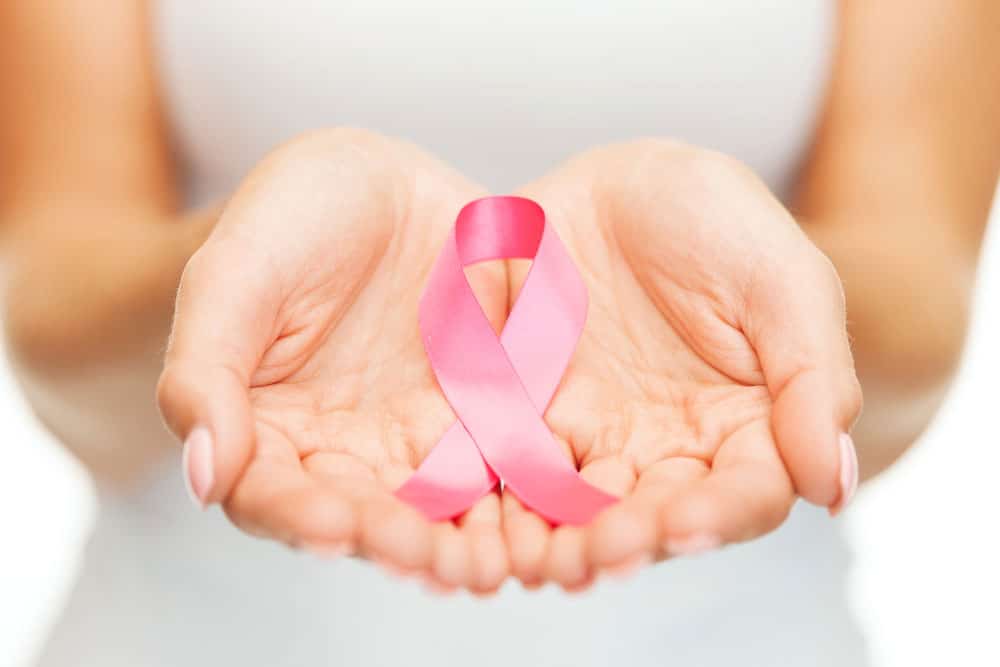Breast Cancer Awareness Month
- Author: Eli Waters Medical Centre
- Published:
October marks Breast Cancer Awareness Month across Australia. The month is an opportunity to raise awareness of the impact of breast cancer within our communities.
It’s also a chance to focus on supporting individuals to understand how to check themselves and seek support if they suspect they have symptoms.

Breast Cancer In Australia
Breast cancer occurs in the breast tissue when abnormal cells grow uncontrolled. It affects all adult age groups, and while more common in women, a small number of men are also diagnosed each year. Breast cancer is one of the most common cancers among Australian women, second only to non-melanoma skin cancer.
According to Cancer Australia, there has been an estimated 20,640 new diagnoses of breast cancer in 2022 so far. An estimated 3,214 individuals have died of breast cancer or breast cancer-related conditions in 2022 so far.
Based on recent statistics, Cancer Australia estimates a 1 in 15 (6.7%) risk of being diagnosed with breast cancer by age 85, equating to roughly 1 in 8 females receiving a diagnosis.
The good news is that with early intervention, those diagnosed with breast cancer have a 92% chance of surviving at least five years – many go on to live full lives post-diagnosis and treatment for many years.
Breast Cancer Common Symptoms
One of the difficulties with breast cancer is that many people have no symptoms for some time, meaning a diagnosis can come late.
Breast cancer can be found during routine screening, such as a mammogram or through a physical examination.
It is essential to familiarise yourself regularly with the overall shape and feel of your breasts and to know some of the common symptoms of breast cancer so that even if you aren’t experiencing any pain, you know some early signs.
Common symptoms include:
- Any new lumps in either of your breasts.
- Thickening of the breasts, especially if it occurs in only one breast.
- Any changes in the shape or size of either of your breast.
- Any change in the shape of your nipple(s).
- Sores, discharge, or turning in of your nipple(s).
- Any dimpling, redness, rashes or changes to the skin’s texture of one or both of your breasts.
- Any discomfort, lumps, or swelling in either of your armpits.
- Any ongoing pain, soreness, tenderness or heaviness of your breasts that doesn’t appear to be associated with your menstrual cycle (especially if it is only in one of your breasts).
How To Conduct A Breast Self Examination
It’s recommended that adult women should conduct a self-examination of their breasts at least once a month and monitor for any changes or signs of anything unusual. Regular checks will help you become familiar with how your breasts usually look and feel, making it easier to detect changes.
To conduct a self-examination, follow these steps:
- Visually check your breasts in front of a mirror, looking for any differences in contour, swelling, dimpling, rashes or redness.
- Examine with your arms by your side, and then raise each arm one at a time above your head, looking for any unusual visual changes.
- Using your middle three fingertips, check across your entire breast and armpit, pressing down lightly with the pads of your fingers.
- Pay attention to any lumps, bumps, areas of pain, different textures or soreness.
- Check your nipples for soreness, discharge or redness. Gently squeeze each one, and pay attention to any pain or tenderness.
Repeat the examination while standing and lying down.
If you do notice any changes, pain, lumps or bumps, don’t panic. Reach out to your local health professionals who can support with a further examination and support you to understand what’s happening and your next steps.
3 Myths About Breast Cancer
The word ‘cancer’ invokes many different feelings and emotions in different people. There is a lot of information out there, and without knowing, it’s easy to take in information that isn’t accurate.
Below we’ve covered three common myths about breast cancer to help:
- Breast cancer doesn’t affect men: As mentioned, breast cancer can impact both men and women. While women are more likely to be diagnosed with breast cancer, around 145 men are also diagnosed yearly, according to Breast Cancer Network Australia.
- Wearing underwire bras causes breast cancer: There is no research to support the claim that wearing underwire or tight-fitting bras leads to breast cancer or increases the risk of breast cancer.
- Stress can cause breast cancer: Most of the research that looks at the link between stress and breast stress cancer does not support the claim that the two are linked. However, there are a small handful of studies that show differing results. At this time, more research is needed, but it doesn’t appear that the link between the two is particularly strong.
Here at Eli Waters Medical Centre, we have a nurturing, supportive team on hand to support you with any concerns. Simply reach out and let us know how we can help today.




